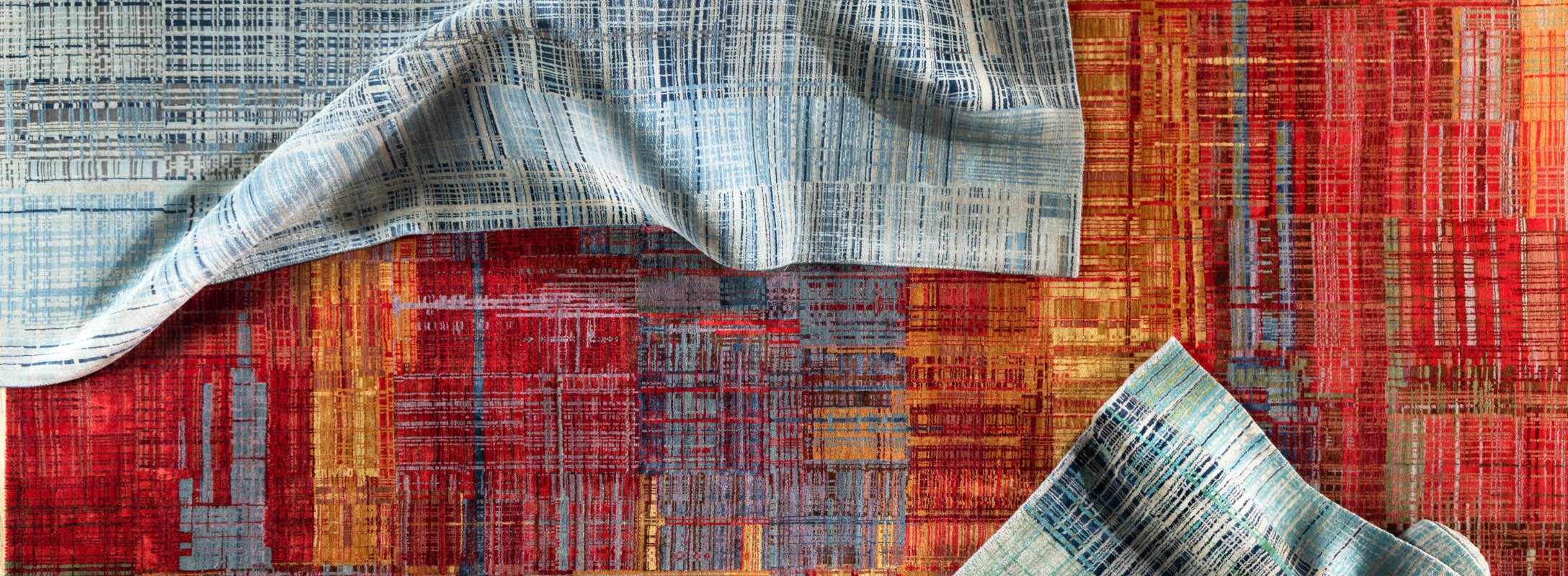You are on our Italy website. Please select your region to see content specific for your location.
Choosing a Rug
Choosing a Rug
When looking for the right rug, the following questions will help to direct the decision-making process.

Where will I use it?
Room Traffic – Heavy traffic areas need more durable rugs.
Indoor or outdoor – Some rugs are specially made to endure the elements.
Why do I need it?
To create a focal point – brighter colors and busier designs draw the eye.
To protect the floor – harder wearing fibers offer greater protection.
To insulate a room and muffle sound – certain fibers offer better insulation than others.
To add comfort underfoot – softer fibers are more comfortable to coarser ones.
What is my budget?
Entry-level to luxury – some rugs (e.g. hand-knotted) are more expensive than others (e.g. flat weave).
What is my current décor like?
Current style – does the décor of the room require a specific kind of rug?
Color palette – what colors already exist in the intended space?
Hand-Made vs Machine-Made
Have you ever wondered that why you pay for an expensive handmade rug, when you can buy a machine-made rug for a fraction of the price? Hand-made rugs are a unique piece of art, and its value increases with time. There is a possibility of variations in color due to natural fibers and dyes, and social transformation is dovetailed in each rug. Machine made rugs are manufactured in mass, so are inherently not unique with their consistent colors, and they lack the care and emotion that would be put into making each product perfect in its essence.
The Regal Hand-Knotted Rugs
The diverse stories of luxuries woven in the form of carpets in India are remarkably old and appealing and they take you back to the regal era.
When Babur, a Mughal emperor came to India, he was disappointed by lack of luxuries here. He missed the luxuries of Persia, which included the Persian carpet. Following that, Akbar laid the foundation of the carpet weaving tradition in India, in 1580 AD at his palace in Agra.

Mughal carpets were as obscure as their miniatures and usually depicted court life, animals and floral decorations. The art grew and flourished here and was modified with the changing royal tastes and gradually mixed with the Indian art. The Persian carpets were then re-created in Indian forms. Those carpets soon spread to the whole sub-continent with each area having its own uniqueness.
The carpets were woven for palaces in India and were also sent abroad in the form of gifts.
This legacy of luxury, being hand-woven, knot-by-knot, is still being cherished by Jaipur Rugs which binds the lives of the weavers and the consumers through international contemporary designs and celebrates the revival of the dying art. The beauty of hand-knotting the designs on a loom adds to the enriched feeling that one reaps by looking at the piece of artistry and brilliance spread on floor.

Lighting Conditions
Some fibers are naturally more reflective than others, rugs can appear lighter or darker in a photograph than they do in really life. Similarly, the lighting of the space where the rug will be placed can affect the appearance of its color.

On-Screen and Printed Images
Colors vary from screen to printed page to dyed fiber. Though a website or catalogue are great for getting a feel for a rug’s appearance, colors do vary from screen to printed page to dyed fiber. We recommend that actual rug samples be used before making a decision.

Common Errors
-
Choosing a rug that’s too small
Area rug that is too small for the space will make the room look smaller. A rug should be big enough to ground the furniture.
-
Leaving the wall-to-wall carpeting bare
Layering an area rug over wall-to-wall carpeting is perfectly alright. An area rug pulls the room together and draws attention.
-
Choosing a rug in the end
A rug is an art that you can walk on. Choosing a rug first helps in establishing the theme of the room and furnishing can easily fall in place.
-
Skipping the rug pad
A rug pad not only adds comfort underfoot, it ensures safety by providing a non-slip surface.
Quick Facts on Handcrafted Rugs
- One rug goes through 186 hands and 86 processes before it transforms into a jewel of threads that beautifies your floor.
- To complete one row of knots, on a loom, a weaver can take many hours, depending on the size of the rug. A 6*9 feet takes around 6-9 months to complete only if the weaver spends hours on the loom every day.
- 300 yarn spinners can be replaced by one automated machine. By choosing a hand-knotted rug from Jaipur Rugs, a community of more than 3000 rural spinners are supported.
- A weaver can tie up to 196 knots in one small square inch. The rug in your living room has close to a million knots. Next time you get a rug, give a try in counting the knots!
- These magical behind-the-scenes are the cornerstones of sustainable and evolutionary craftsmanship.
- There is no mass production and each and every rug is a piece of art. These rugs are designed and made by people who put their lives and culture into their work.
- When properly cared for, these rugs do not wear-out with age, but look better with each passing year. Their value increases with time, just as any work of art.
- A handmade rug is of higher quality and lasts longer than a machine-made rug.



















